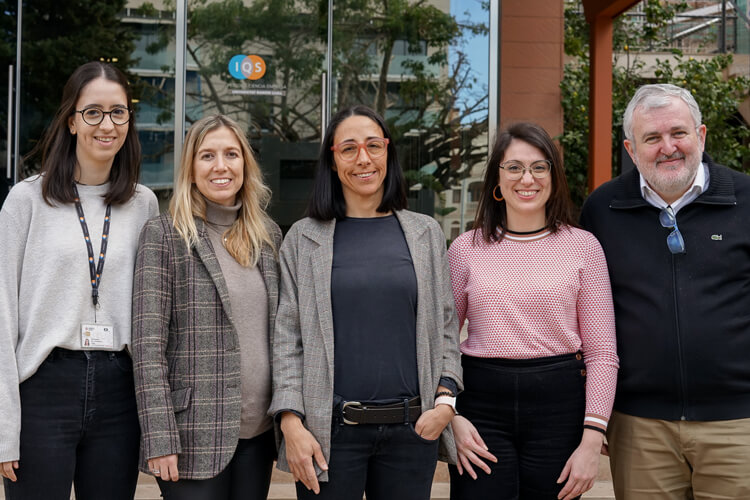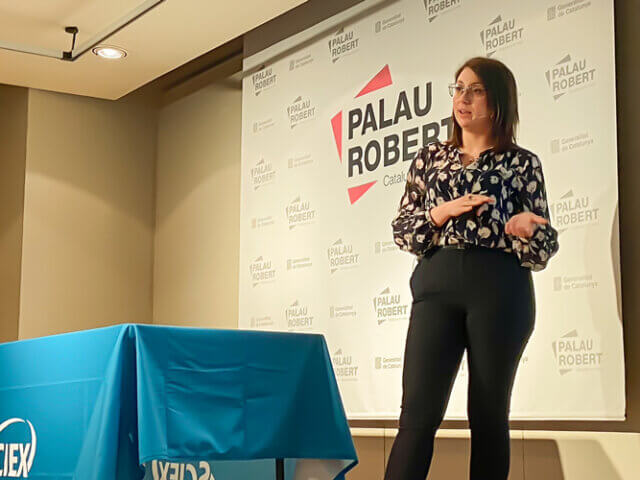Pioneering Techniques for the Characterization of Oligonucleotides
Nucleic acids and oligonucleotides are molecules that currently have a highly important role in medicine given that they act as active principal ingredients to develop new strategies in preventive medicine and therapies, making it possible not only to treat genetic diseases, but also to become immune therapies for cancer or new generations of prophylactic vaccines for infectious diseases. In recent years there has been increasing interest in the development of analytical methodologies that enable the identification and quantification of nucleic acids and oligonucleotides with sufficient sensitivity, accuracy, and precision. Liquid chromatography–mass spectrometry (LC-MS) is one of the analytical techniques that includes the necessary requirements to carry out this type of analysis.
The IQS-SCIEX Demo lab boasts the technology required to determine and characterize therapeutic nucleotides in different points of the therapy development process. On the one hand, the X500B QTOF makes it possible to map different samples to identify sequences and modifications of oligonucleotides, as well as possible impurities. This way, it is possible to verify that the oligonucleotide sequencing is being carried out correctly during the production process and to characterize the final product. Additionally, by obtaining the MS/MS spectra, it is possible to identify the different post-transcription modifications, which are those that make it possible to modulate the product’s immunogenicity and efficiency.
On the other hand, the 7500QTrap makes it possible to quantify sequences of greater interest with higher sensitivity, thus providing control over the purity of the product obtained from the process.
A pioneering line of research
Currently, researchers in the IQS-SCIEX Demo lab are conducting a line of research dedicated to the characterization of therapeutic nucleic acids, a pioneering line in the field. The research is jointly directed by Dr Salvador Borrós, Dr Cristina Fornaguera, and Dr Gemma Gotor, members of the Materials Engineering Group (GEMAT) at the IQS School of Engineering.
Within this line of research, suitable sample preparation has been developed that enables correct enzymatic digestion of RNA and/or DNA chains. Furthermore, a liquid chromatograph method has been developed that enables optimal oligonucleotide separation, as well as different methods of mass spectrometry for oligonucleotide identification and qualification.
This research has made it possible to identify and optimize different work flows that enable the identification and quantification of these analytes that are of high therapeutic interest.
On 29 March, Dr Margalida Artigues, director of the IQS-SCIEX Demo lab and member of the Electrochemistry and Bioanalysis Group (EQBA) at IQS, will present the latest advances from this research in a seminar organized by SCIEX, which will take place at Palau Robert in Barcelona as part of the CRIMS exhibition held there until 10 April.



